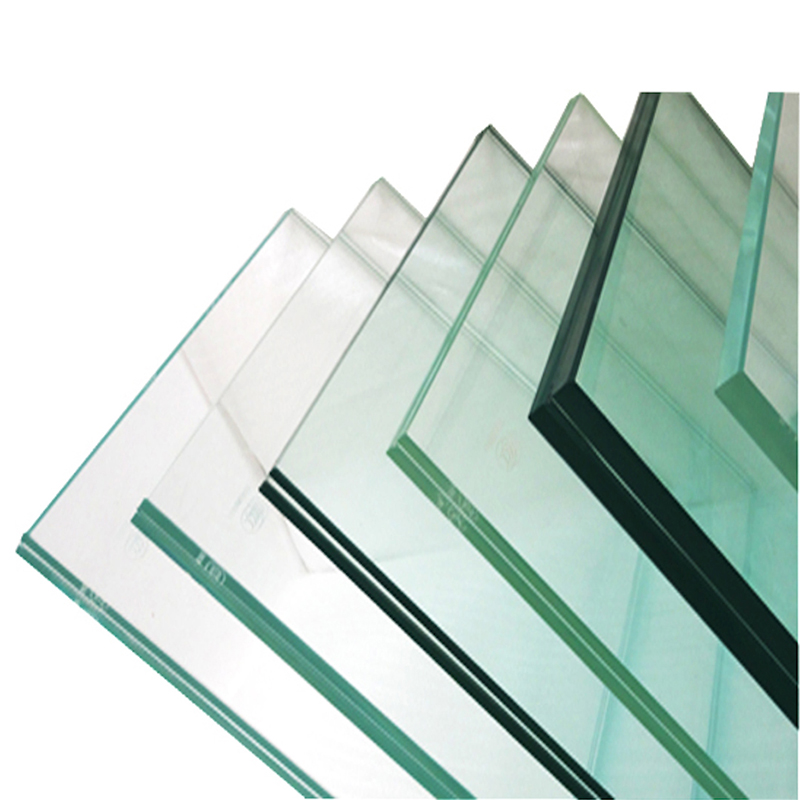What is tempered glass?
A pane of tempered glass starts as ordinary glass, also called 'annealed' glass. Then it goes through a process of heating and cooling called 'tempering' hence its name. It gets heated up and then cooled immediately afterward to make it stronger. It does this by making the outside of the glass harden quicker than the center during the immediate cooling process leaving the center in tension that ends up with a product significantly more durable than ordinary glass. What's more, this process doesn't change the other general properties of annealed glass, meaning it retains its color, opacity, and stiffness.
What is Low-E Glass?
Low-E glass stands for low 'emissivity' glass. Emissivity is a rating given for the reflection vs. radiation through a surface. Hence, the material's ability to radiate energy away from itself instead of transferring it through is called emissivity. This is important since radiating energy through glass is one of the primary causes of heat transfer in glass windows.?
As the name suggests, Low-E windows are those that radiate markedly less energy, thereby enhancing their insulating properties since they transmit less heat.
Low-E glass has better insulating qualities due to its thin metallic coating over the surface of the glass. This may make them appear tinted, but it's not the same as tinted glass.?
Tinted glass is created by putting alloying materials into the glass, whereas Low-E glass has microscopically thin layers of metallic particles applied to its surface. These filter out certain types of light wavelengths, stopping energy from getting through these filtered wavelengths.
Low-E or Tempered Glass: Which is suitable for your home?

When to choose Low-E
Choosing between Low-E vs. tempered glass can be challenging. However, there are specific guidelines that can help you make the choice when choosing new windows for your home. The main question to ask yourself when making the choice is whether safety and durability are your highest priority, or whether you want to keep the house cool in warm weather and warm during the winter.
If you are most concerned with maximizing your window's energy efficiency, then Low-E windows are likely the right choice for your home.?
Another factor to consider is the different kinds of Low-E windows. Look into the grading factors for Low-E windows. These include the U-Factor Values where a lower value indicates its better at keeping the heat inside the house. Another is the Solar Heat Gain Coefficient (SHGC) which measures a window's ability to block heat. Again, the lower the value, the better the window will be at blocking heat gain.
The last factor is Visible Transmittance (VT) which measures how much light passes through. The higher this number, the more light gets through the window. Most people want Low-E windows with a low U-Factor and SHGC and higher VT to still allow plenty of light into their homes.
When to choose tempered glass
It is better to choose tempered glass if you are more concerned with the safety of your windows and still want to get plenty of light into your home. Since the 1960s, sliding doors, shower doors, and French-style doors are always made with tempered glass, due to enhanced safety concerns in building codes. Tempered glass stops most falls against the glass, reducing the risk of its shattering upon impact.
You might want to choose tempered glass windows if your home faces a high-risk area. For example, if one or two sides of your home face onto a golf course, tempered glass reduces a ball's ability to break through your windows repeatedly. It is also good to have tempered glass windows if they are in the vicinity of a pool area.
Or you can have both
If you’re still unsure about which type of glass would work best for the windows in your home, you don't have to choose one or another. Glass can go through the tempering process and be treated with Low-E coatings, giving you the option of stronger windows that are highly energy-efficient.
Send your message to us:
Post time: Oct-31-2024




